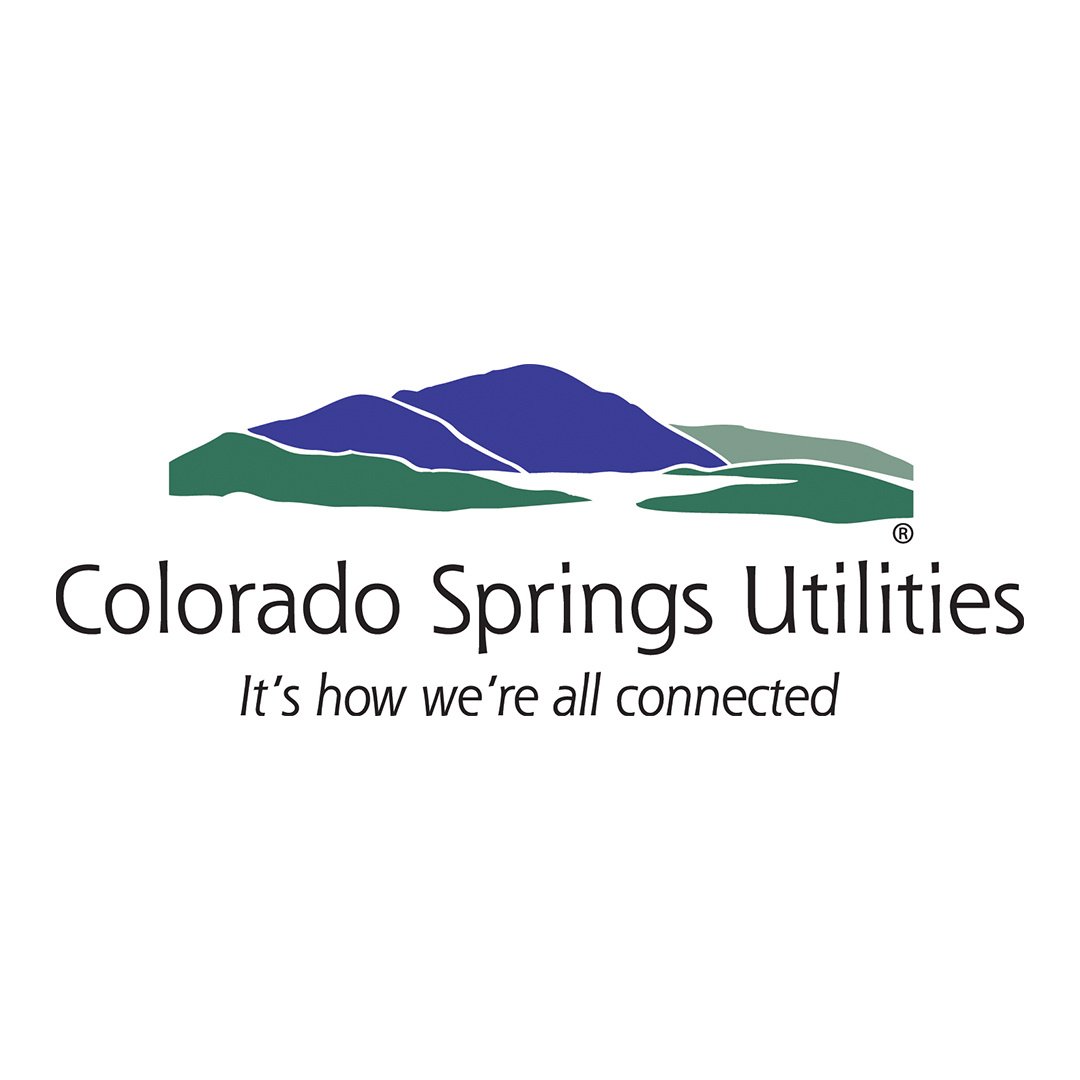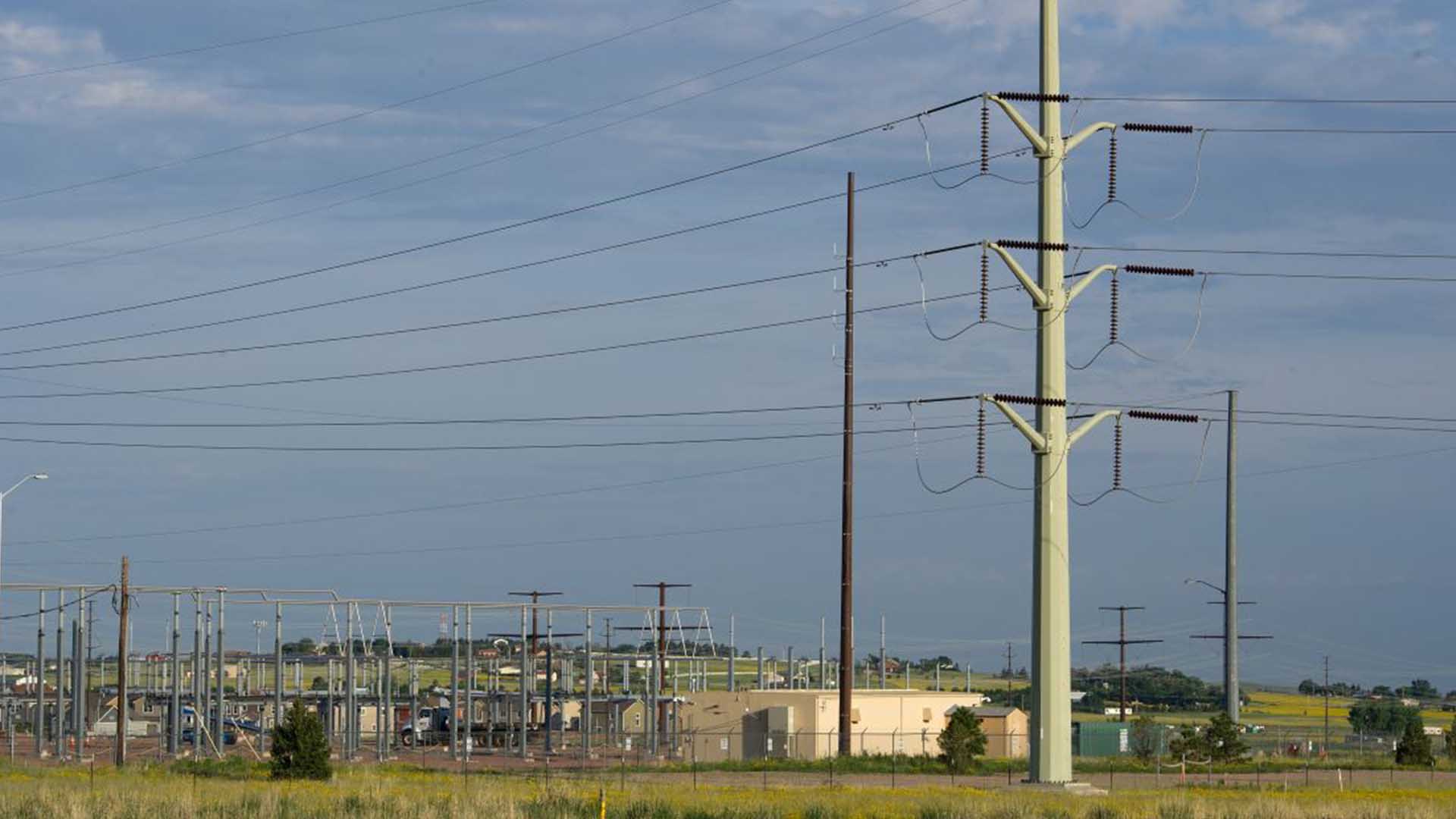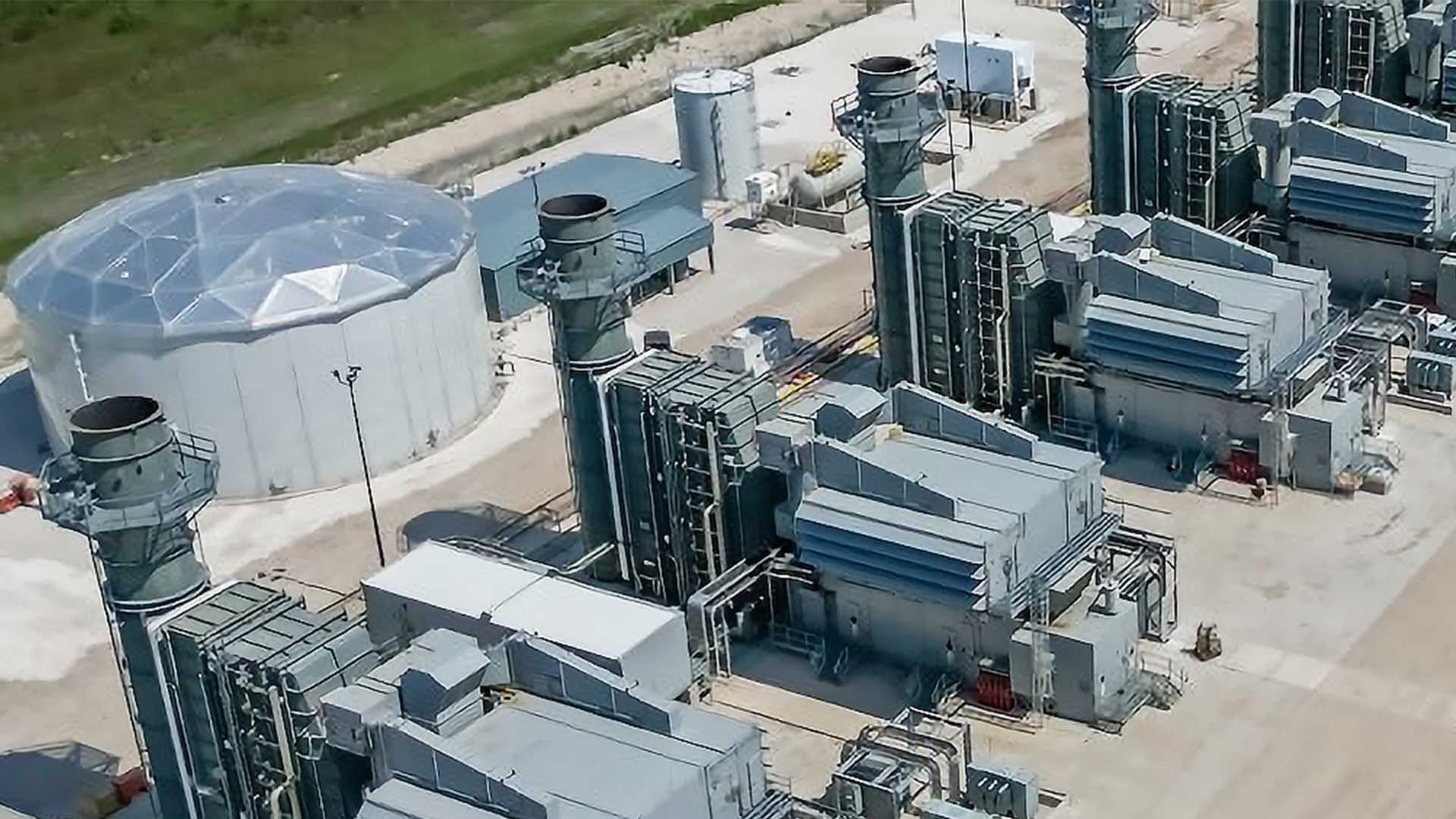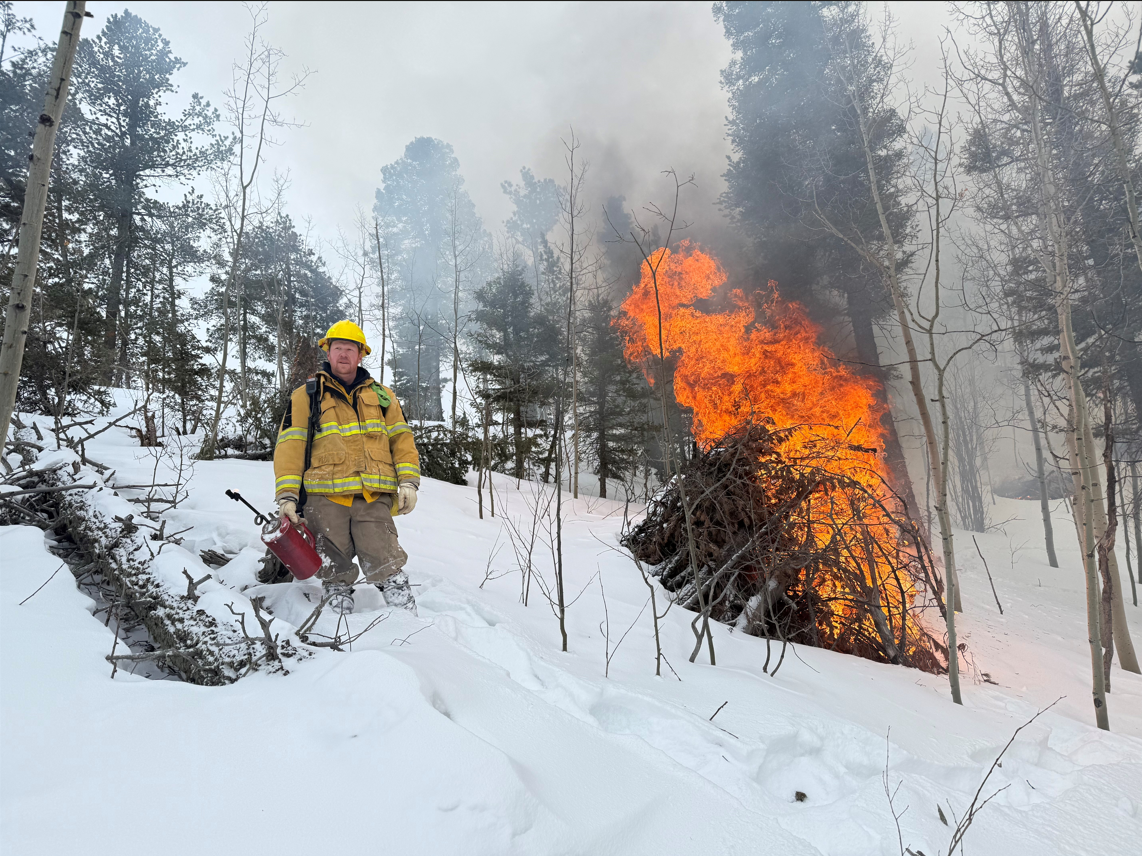
Aram Benyamin
Duration: 1 minute
Published on November 10, 2021
It’s our responsibility to provide safe, reliable, competitively-priced electric, natural gas, water and wastewater services to our community. As a community-owned utility, we do not make a profit on the rates we charge to power your home or business.
On Oct. 20, the Utilities Board discussed the need for a short-term increase in electric and natural gas rates (ECA and GCA). Fuel prices are rising globally, resulting in higher costs for us to deliver energy to you. City Council approved the increases Nov. 9, effective on Nov. 15.
Fortunately, while we pass along increases, we also pass on decreases. If fuel prices decrease as expected, these rates could also decrease in February 2022. And, the American Recovery Act has greatly increased funding for customer assistance programs like LEAP (Low-income Energy Assistance Program) this year. I encourage you to learn more about this program if you or someone you know needs help with winter heating or water bills.
I’d like to take some time to answer common questions I’ve heard since our last Utilities Board meeting.
Why did you decide to retire a coal-fired plant now and move to more natural gas with the high cost of gas these days?
We use the best mix of energy sources at any given time to meet demand most efficiently. Extensive research has shown the use of coal would be more expensive than natural gas over the long term.
The new natural gas generation units, which run mainly on natural gas but can also use diesel, will be less expensive to run and maintain than the coal plant. The units put us one step closer toward achieving an 80% carbon reduction by 2030 as outlined in our Sustainable Energy Plan.
Adding more natural gas-fired generation to our portfolio will help provide the high reliability our customers expect while we await advances in utility-scale battery storage for renewable energy.
Could the cost adjustments be less if Martin Drake Power Plant was still running on coal?
No. Coal generation from Drake was only providing about 6% of our energy over the past year. About half of our electric generation is fueled by natural gas. So, we would still need cost adjustments because of the significant increase in natural gas costs.
I’d again note that the “all-in” cost for electricity generation with coal has become more expensive for us than using other fuel types (natural gas and renewables). This is driven by the operations and maintenance expense necessary for aging coal-fired plants and ever-increasing environmental regulations.
Why are we seeing increases again after the increase this spring?
This spring, we passed through increases to the GCA and ECA in response to significant costs driven by a February winter storm that impacted utilities nationwide. The cost of fuel jumped from approximately $2.50 per dekatherm (a unit of measure for natural gas) to about $200. This short-term increase drove our costs up more than $140 million above our approved budget. (A similar example might be to imagine that typically filling a 15-gallon tank of gas is $30 one day, and $3,750 the next.)
We usually adjust rates every three months. However, if we collected the $140 million over that short period, the bill impact would’ve been about 20% increase to a residential four-service bill instead of 10% increase.
So, to minimize the bill impact, we spread it out over 14 months. That increase will “expire” April 30, 2022.
The current proposed increase follows our normal procedures and is expected to be short-term, through January 2022. We anticipate decreases to fuel costs in February and May 2022, which will result in decreases in customer rates.
How do you calculate the sample residential bill to determine average dollar impact?
The sample residential bill calculation is based on the typical customer’s average monthly use. (700 kilowatt hours of electricity and 60 cubic feet of natural gas). The percent increase on a total sample bill is about 11%. To better calculate your actual bill estimates, you can use our bill calculator.
Are you doing anything to protect customers from big cost increases in the future?
Yes, we:
- Have some long-term contracts for natural gas. They allow us to lock-in a lower unit price because we’re committing to purchasing more over time.
- Are implementing a revised hedging program. Hedging uses other financial tools to lock-in future energy costs.
- Buy and store gas when costs are low to use when prices are high.
- Use our propane air plant to stretch supplies during periods of high fuel cost and high demand caused by cold weather.
- Offer a variety of ways to help customers save energy and money, including tips and rebates.
- Have several ways to help customers with bill payments.







